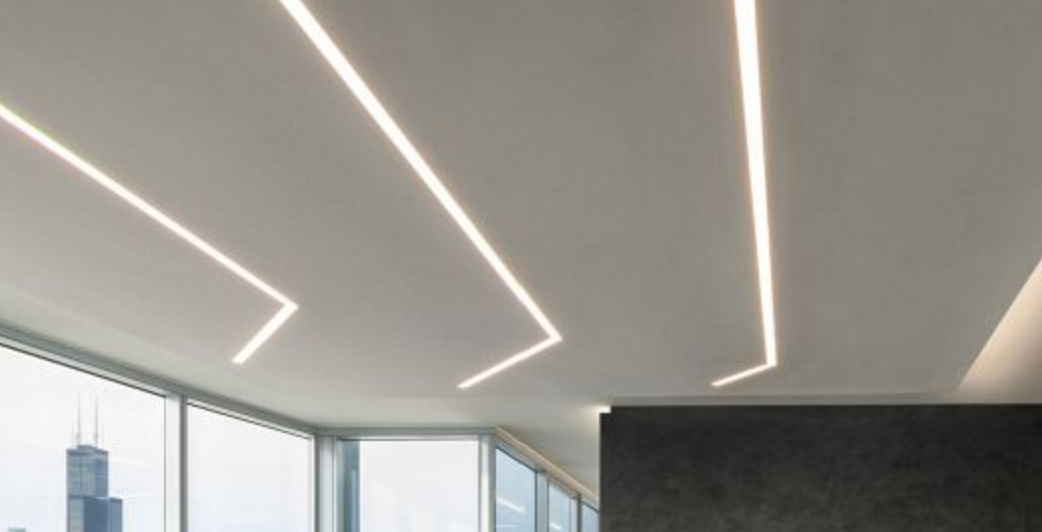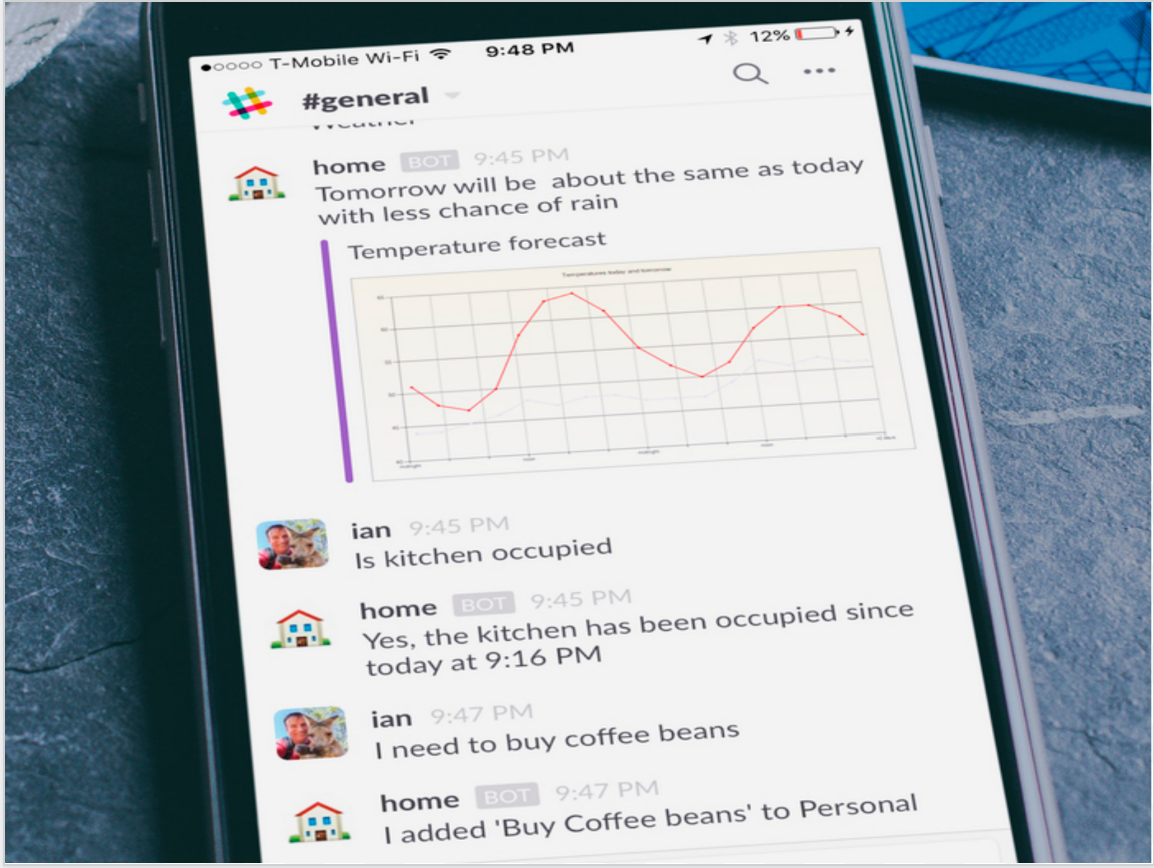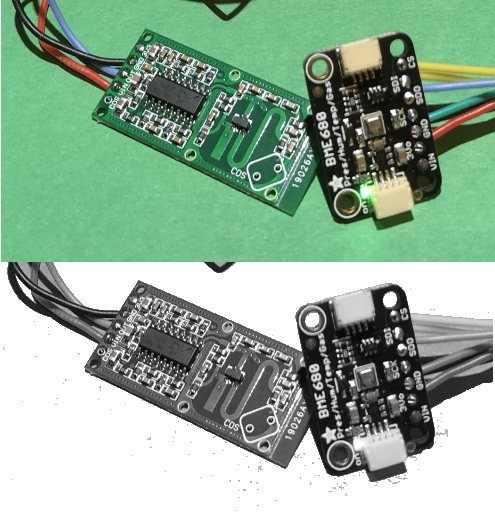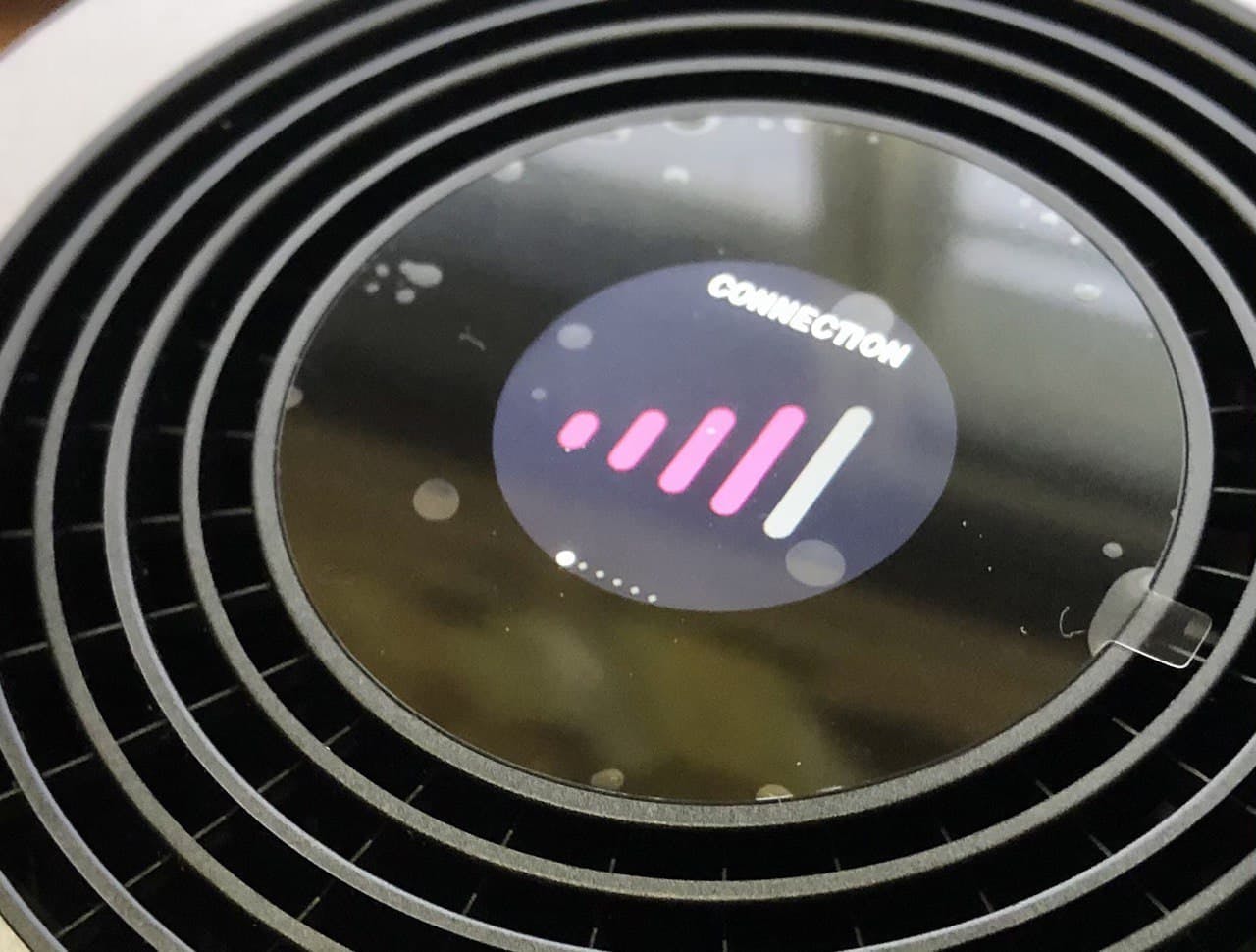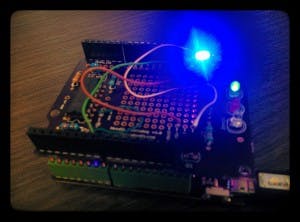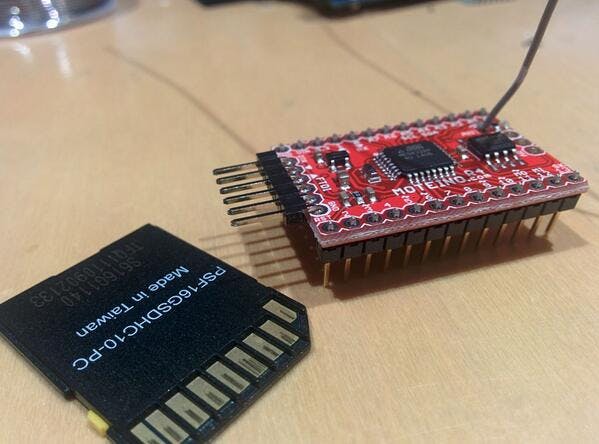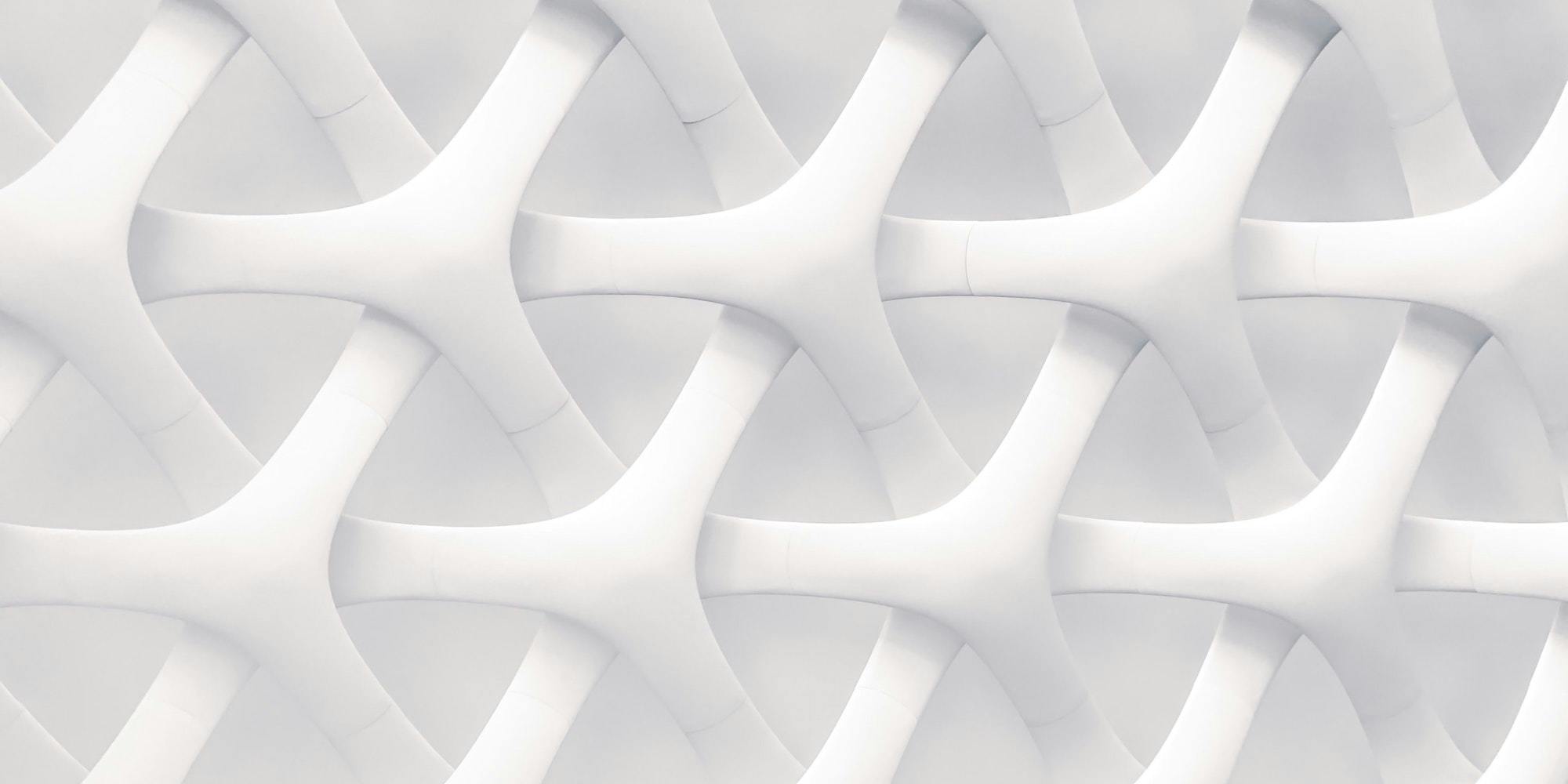Home Construction Advice
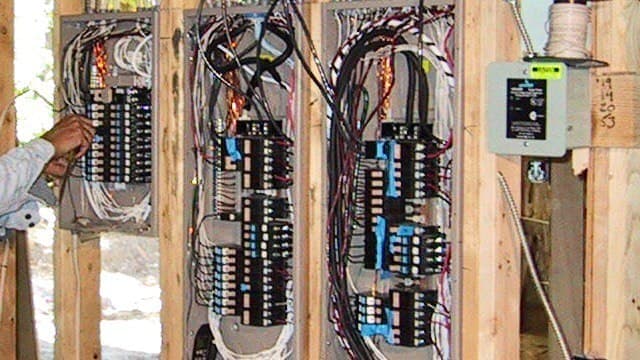
Several years ago we did a major remodel. I did all of the finish electrical myself and supervised all of the rough-in electrical. I also put in all of the electrical system and water in our barn. I have opinions!
Below is a list of some ideas you might want to consider if you are doing a remodel or new construction and you want to make it smart now or at some point in the future.
- Put outlets in the eaves of the house at each corner for christmas lights so you don't have trailing extension cords.
- Put outlets at waist-height instead of just above the floor in your garage or utility room if code allows it.
- Faucets on walls leave marks and look ugly, instead run a water line from a sprinkler system and put field-faucets around the driveway and garden. Or take a look at some of the flush-hose outlets you can get now like Aquor. A mixer tap in the garage is also a luxury that lets you have hot water for washing the car, dog or horse outside.
- Run speaker-wire to the ceiling of each room where you might ever want speakers. Hang a loop that's easy to grab later.
- Photograph everything while the walls are open, it's like having x-ray vision years later.
- Look into enthalpic heat exchanges for the fresh-air exchange fans required for most modern, air-tight construction. Your builder might not have heard of them and will install some cheap fan that doesn't recover heat from the air.
- Seek inspiration from commercial spaces where there's a lot more innovation and design in lighting, stairs and other building features.
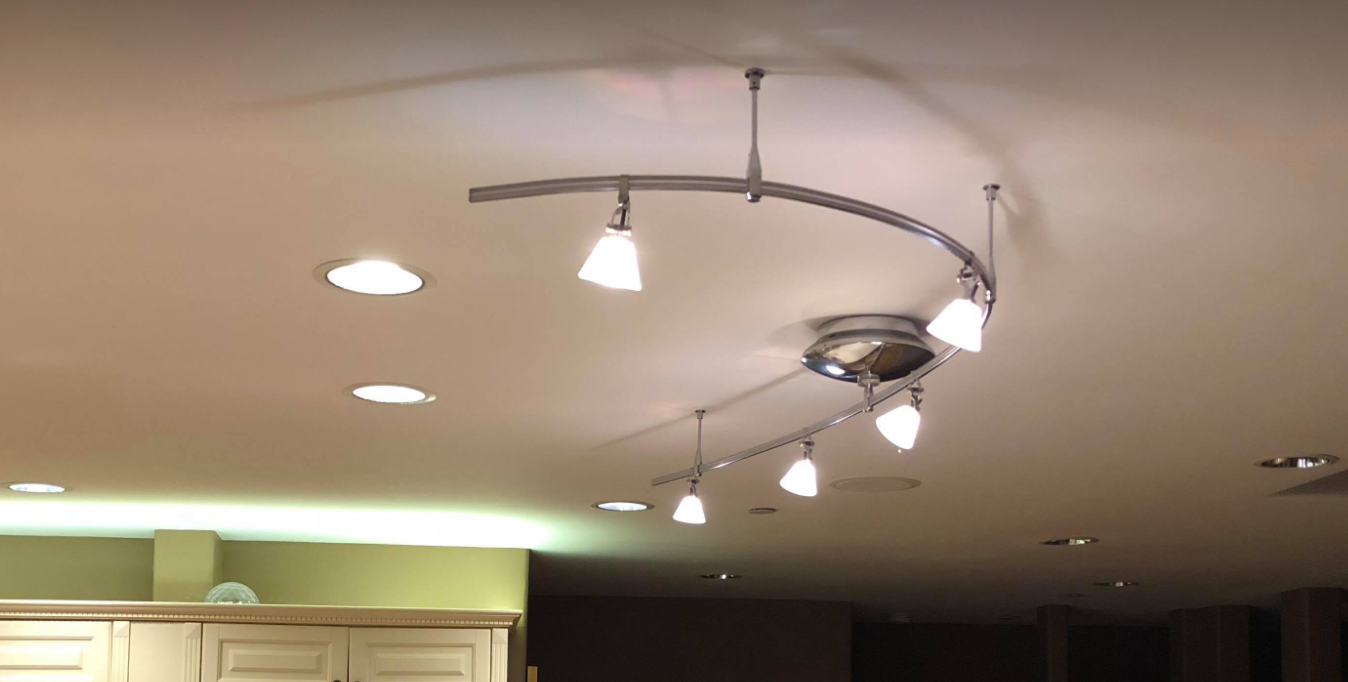
- Ground-sourced heat pump. Wish we'd done one of these.
- Radiant floor heating instead of foced air. When your feet feel warm, you feel warm.
- Insulation between floors to improve sound damping.
- Double-dry-wall for your media room with a spacer between makes a good sound proof layer.
- Build your media room with irregular length sides so that it doesn't have a single resonant frequency.
- Use AFCI breakers everywhere, they trip when they detect an arc-fault and could save your house or life.
- Home fire-sprinkler systems are also a good investment in terms of safety, but not cheap.
- Run conduit before foundations are poured so you have it in place for phone line, cable and garden sprinkler wires and can avoid having any ugly utility boxes on the outside walls.
- Run CAT5 to each external door way for cameras and other sensors.
- Put a contact on every door internal and external and wire them back to a central location or alarm panel. Door openings / closings are one of the most reliable and informative home-automation input signals.
- Run 2" conduit from attic to crawl space so you can reach anywhere in the house later.
- Run two extra 110v supplies to the attic and crawl space and cap them off. If you ever want to add a circuit later it will make life easy. We were able to add heated towel radiators without cutting any walls open.
- Run CAT5 rated for underground usage away from the house so you can mount cameras that can actualy see the house instead of being fixed on the house. Every CCTV camera shows a cute picture of a house at night. You only get that shot if you plan for it!
- Consider indirect lighting where possible above cabinets.
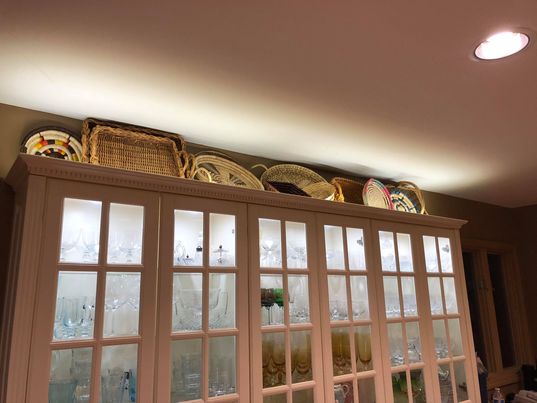
- Run a conduit all the way to the end of your driveway and into the garage.
- Bury a magnetic car sensor somewhere down the driveway for a car-on-drive alarm.
- Put strain gauges under the floor in each room, several per room if you can.
- Run CAT5 wire to any locations where you might want PIR sensors (high up on walls, ceilings, ...). Hardwired-sensors are so much more reliable than battery powered, wireless sensors.
- Add whole-house surge suppressors next to the electrical panel.
- Run a CAT5 to your electrical panel in case you want to add a current sensor there later.
- Put a generator transfer switch in during construction if you need it and run the power line for it to an outside wall so it's easy to plug the generator in outside with no long cables.
- Over-specify your lighting design and then run them on dim or with some off depending on the scene. It's easy to turn them down but very hard to add lighting if you missed it during construction.
- Photograph every light switch and can-light before the sheet rock goes in, sometimes they sheet-rock right over the top and forget to open a hole.
- Improve whatever air-filtration system your contractor designs for you: add UV filtration, electrostatic filters etc.
- Run CAT5/6 to ceilings for WiFi access points.
- However many outlets you planned for your workshop, office or media cabinet, double the number so you never have to use an adapter block.
- Consider Waco lever connectors instead of wire nuts.
- Use ball-bearing hinges for any doorway that gets a lot of use, they are quieter and smoother.
- Add a recirculation pump on the hot water line for any distant rooms.
- New "plaster-in-LED" options can work really well for hallways, I wish it had been an option when we remodelled.
